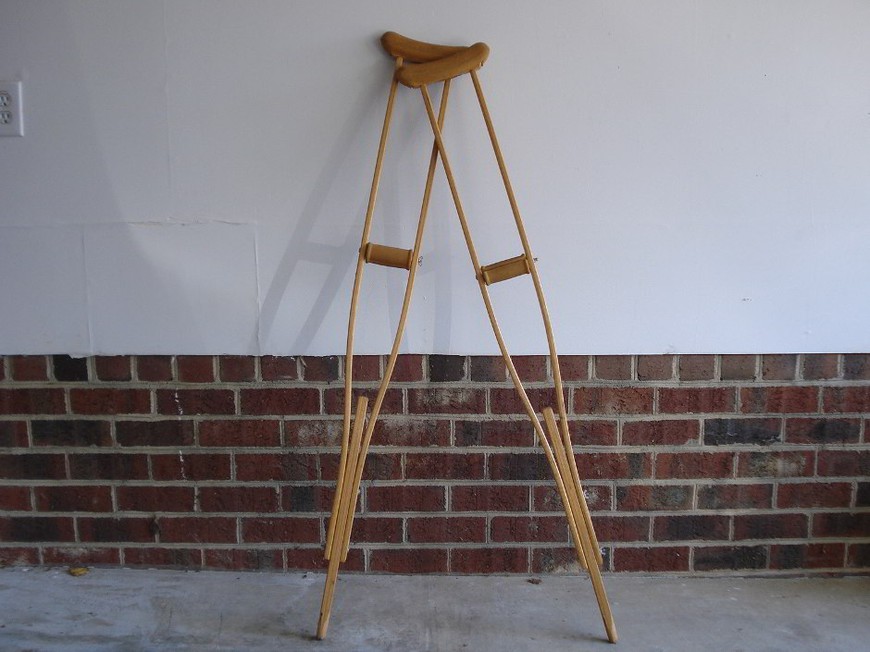

- With all the attention having been paid to resolving the differences between those groups that seek to obtain Internet gaming approval from the state, one of the most basic concepts in establishing and maintaining a healthy online poker market is being ignored by the gaming industry and legislators within the state—sharing poker liquidity.
- One needs only look to other ring-fenced markets around the world to understand that limiting California’s ability to expand its online poker market only within its own borders is a mistake that it should correct while it still can.
Online gaming interests in California and industry insiders are becoming increasingly more confident that the Golden State will pass legislation legalizing online poker in 2015. Having worked to perfect the legislation over the past five years, California lawmakers are looking to the next legislative session as the time to approve the Internet version of poker.
With the exception of the “bad actor” clause, tribal interests as well as the land-based card rooms in the state seem ready to take the next step forward. There is even a sense of understanding among igaming pundits that a resolution is on the horizon that will bring the groups together on this issue.
However, with all the attention having been paid to resolving these differences, one of the most basic concepts in establishing and maintaining a healthy online poker market is being ignored by the gaming industry and legislators within the state: sharing poker liquidity.
California is so intent on going it alone in the newly US regulated online poker market that in its most recent attempts at online poker legislation it specifically prohibited the sharing of its player pool with other states or foreign jurisdictions.
Though Richard Schuetz, Commissioner of California Gambling Control Commission, stated that he is “absolutely” open to the idea of cross-border liquidity sharing with other states, his position seems to indicate that the state would play hardball. “Those compacts are going to be negotiated on our terms largely, I think. It’s going to be a seller’s market,” Schuetz stated in an interview with Marco Valerio.
Global Examples
One needs only look to other ring-fenced markets around the world to understand that limiting California’s ability to expand its online poker market only within its own borders is a mistake that it should correct while it still can.
France, Italy and Spain have all ring-fenced their online gaming markets. As a result, online poker traffic has declined every year, and revenues for both operators and government coffers have shriveled.
The population of California is roughly 38.5 million people. This ranks it as the most populous state in the US, but its is still smaller than Italy at 61 million, mainland France at 64.5 million and Spain at 47 million.
Declining Revenues
Spain, the closest in size to California, passed online gaming regulation in the summer of 2012. Within a year cash game traffic had stagnated, and by late 2013 traffic was in decline. The winter peak in early 2014 was 13% lower than the peak the previous year. Revenues from online poker were down 5% in Q1 2014 and this summer traffic was down over 20% over two years. It has also lead to high market concentration, with nine hands in 10 dealt on just two online poker rooms—and seven of them on PokerStars.
The same has been observed in more mature markets. Italy has declined 30% in two years; France, which permits non-French players to play on its regulated sites, has fared slightly better, but is down 10%. While the biggest poker rooms in each market are large enough to spread the most popular games, players are limited in choice, small operators are closing, markets consolidate, and state revenue figures disappoint every quarter.
Projected Traffic in California
Californians are more affluent than their European counterparts compared here, and it could be argued that they have a higher propensity to play poker. However, even with estimating very high participation rates, market expectation is modest at best without cross-border liquidity.
France, at its peak, averaged just over 70 concurrent cash game players per million in the population. New Jersey has so far peaked at just 60/m. Even if California could see a seasonal high participation rate of 100/m, we are looking at less than 4000 concurrent players.
At a more modest participation rate matching the best seen so far in the regulated US market, we are talking more like 1500 concurrent players—enough to support one mid-sized online poker room, or two to three smaller rooms (as a point of comparison, Bodog is estimated to support about 1500 cash game players on average).
Although California is the biggest state in the US and considered the mecca of US poker, online poker players, the industry, and legislators need shared liquidity with fellow states or European countries to create a thriving industry.

